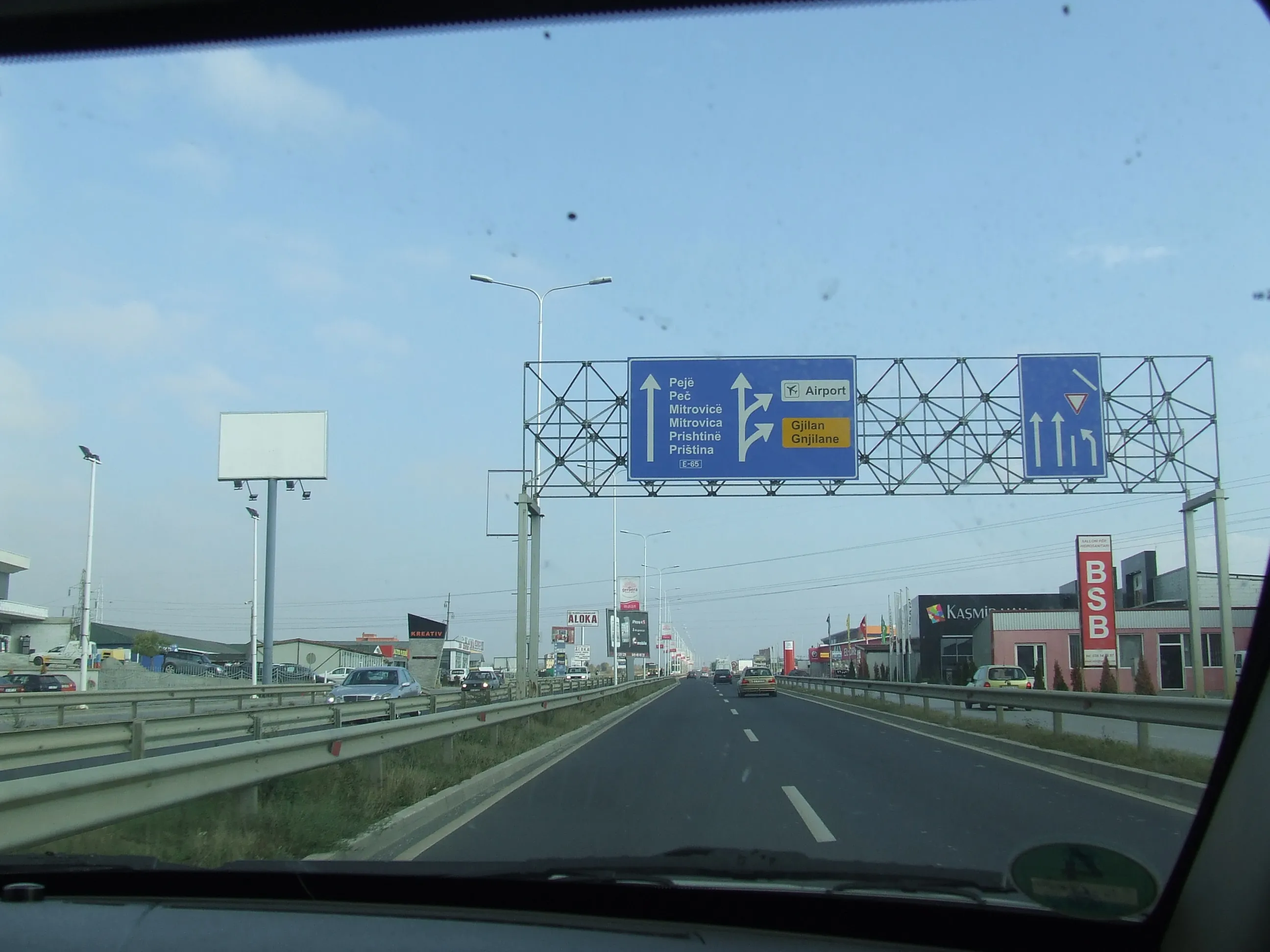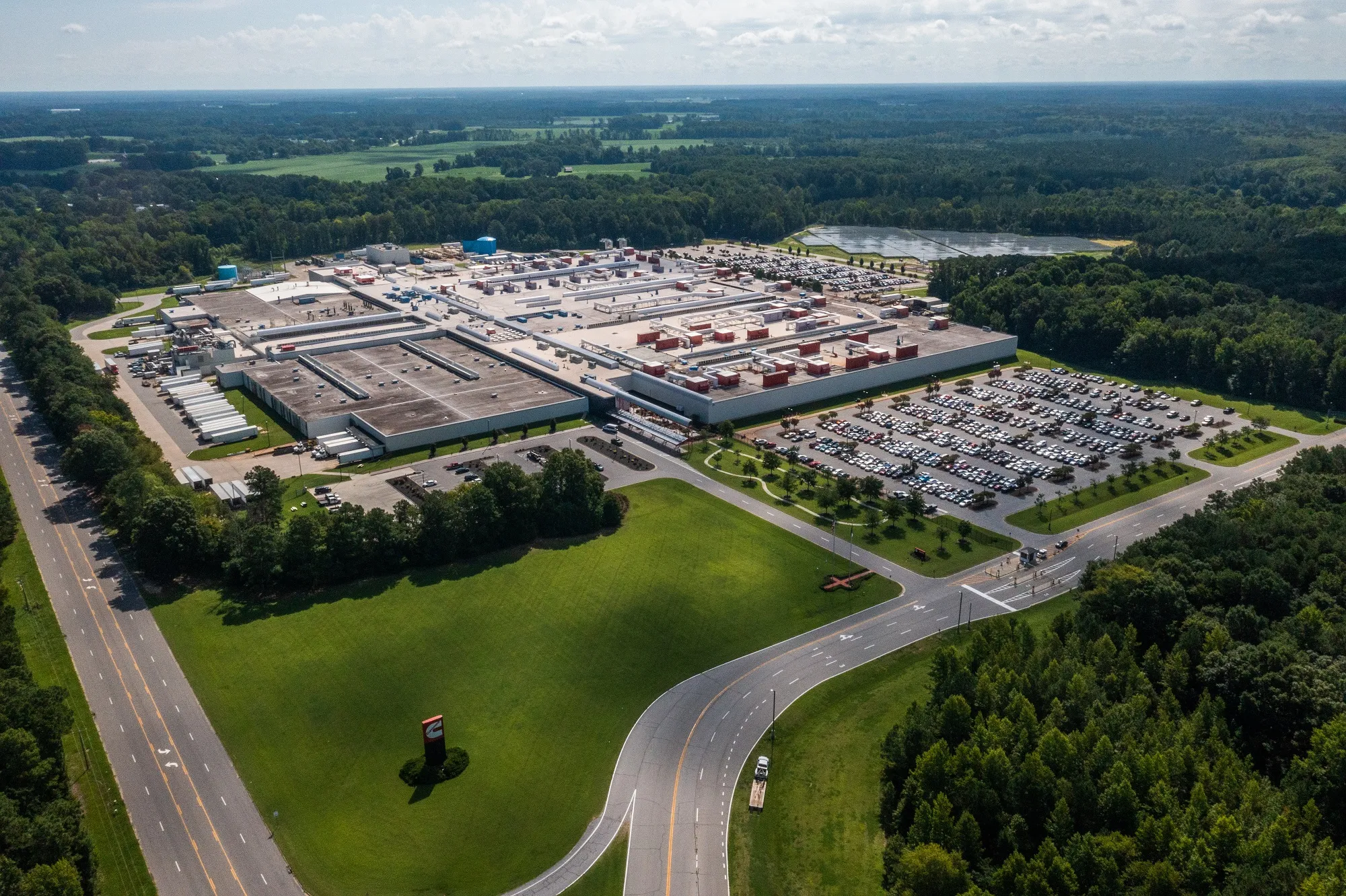The World Bank Group is providing funding worth US$500 million for the development of a key transport corridor in the north-west of the country. This comes under the East Africa Regional Transport, Trade & Development Facilitation Project. The general aim of the project to build the corridor is to provide economic and social development for communities in the counties of West Pokot and Turkana. The government of Kenya will contribute the remainder needed for the $676 million project.
June 29, 2015
Read time: 1 min
The World Bank Group is providing funding worth US$500 million for the development of a key transport corridor in the north-west of the country. This comes under the East Africa Regional Transport, Trade & Development Facilitation Project. The general aim of the project to build the corridor is to provide economic and social development for communities in the counties of West Pokot and Turkana. The government of Kenya will contribute the remainder needed for the $676 million project.








